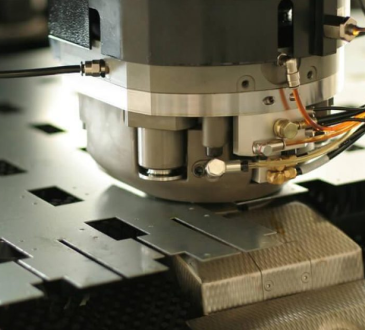
Healthcare real estate development plays a pivotal role in shaping the delivery of care, adapting to the evolving needs of the healthcare industry. This article explores the intricacies of developing real estate tailored for healthcare applications, highlighting its impact on patient care, provider operations, and healthcare accessibility.
Key Considerations in Healthcare Real Estate Development
Location and Accessibility: Choosing a strategic location is crucial for healthcare facilities to be accessible to a larger population. Proximity to major transportation routes and other medical facilities can significantly affect patient turnout and staff accessibility.
Design and Compliance: Facilities must adhere to strict healthcare regulations and standards to ensure safety and functionality. Flexible design allows for future adaptations to the rapidly changing healthcare landscape, incorporating elements that can accommodate evolving medical technologies.
Technology Integration: Modern healthcare facilities integrate state-of-the-art technology to support digital health records, telehealth services, and mobile health applications. This technology infrastructure is vital for improving healthcare delivery and patient management.
Collaborative Approaches in Development
Partnerships with Health Systems: Developers often collaborate closely with health systems to understand their needs and objectives. This collaborative approach ensures that the facilities are functional and efficient, tailored to the specific services the health system offers.
Customized Solutions: Tailoring development projects to the specific needs of healthcare providers includes everything from outpatient clinics to specialized surgical centers, ensuring that each facility can fully support the services it offers.
Challenges in healthcare real estate developer
Regulatory and Financial Hurdles: Developers face significant challenges, including compliance with healthcare regulations, zoning laws, and financial constraints. Navigating these challenges requires expertise and careful planning to ensure project viability and compliance.
Community and Environmental Impact: Balancing the needs of the healthcare facility with those of the community and the environment is crucial. Developers must consider the impact of construction on local ecosystems and strive to minimize negative effects while meeting community health needs.
Enhancing Patient Experience through Thoughtful Design
Patient-Centered Design: The design of healthcare facilities focuses on creating a welcoming and comforting environment for patients. This includes considerations like natural lighting, noise reduction, and privacy that significantly enhance the patient experience.
Facility Amenities and Services: Additional amenities, such as serene waiting areas, ample parking, and easy navigational aids, play a crucial role in improving patient and visitor satisfaction, making healthcare visits less stressful.
Future Trends and Innovations
Outpatient and Specialized Facilities: The trend towards outpatient services requires developments that can support high volumes of patients without the extensive resources of full-scale hospitals. Specialized facilities such as urgent care and ambulatory surgery centers are becoming more common.
Mixed-Use Developments: These developments combine healthcare with retail, residential, and wellness services to create integrated communities that serve a wide range of needs, reflecting a holistic approach to health and well-being.
Sustainability Practices: Emphasizing sustainability, developers are increasingly adopting green building practices and pursuing certifications like LEED to promote environmental responsibility.
Conclusion
The field of healthcare real estate development is crucial in shaping future healthcare properties delivery. By focusing on strategic development, innovative design, and sustainability, developers can significantly impact how healthcare services are provided and experienced.
Discover more about the strategic approaches of a leading healthcare real estate developer, trends in healthcare real estate development, and insights on optimizing healthcare properties for better patient outcomes and facility efficiency.




